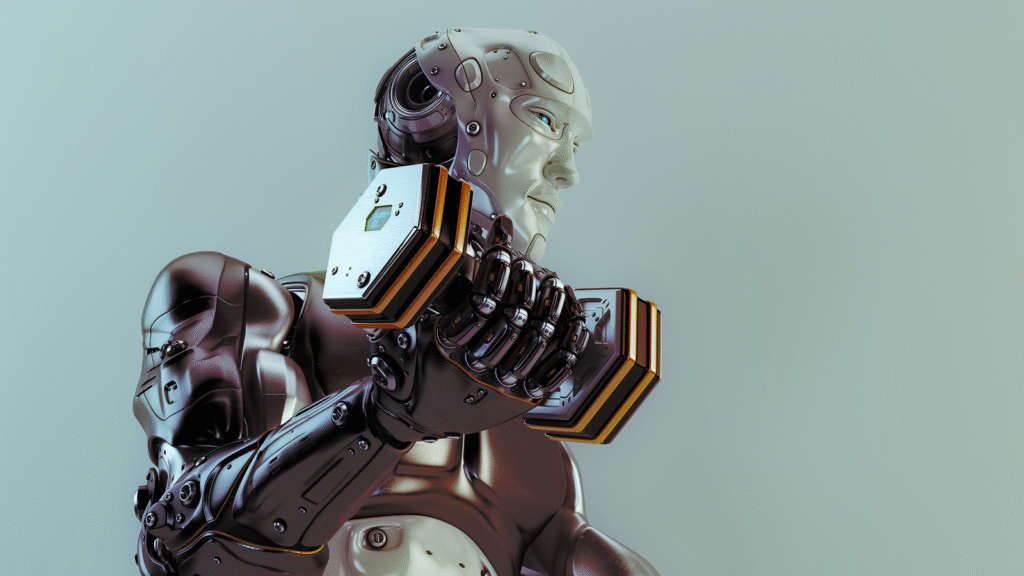South Korean researchers have built an artificial muscle that can lift about 4,000 times its own weight. The technology can also be applied to future humanoid robots.
A key advance in muscle design is that it can be made flexible or tense as needed, a first for this field of research. The scientists outlined their findings in a study published Sept. 7 in the journal Advanced Functional Materials.
you may like
Artificial muscles are often limited by their inflexibility and inability to tense. It must be stretchable while providing sufficient energy output, otherwise working density will be limited. However, soft artificial muscles are thought to have transformative power because they are lightweight, mechanically malleable, and capable of multidirectional actuation (movement).
When researchers speak of “work density,” they are referring to how much energy a muscle can deliver per unit volume. The challenge for artificial muscles is to achieve high values along with high elasticity.
Can you lift the robot?
The scientists described the artificial muscle as a “high-performance magnetic composite actuator.” This means that it is a complex chemical combination of polymers that link together to mimic muscle tension and release.
One of these polymers can vary the level of stiffness and is present in a matrix with magnetic microparticles on the surface, which can also be controlled. This allows you to animate your muscles and control them through adjustable stiffness, allowing you to move them.
The researchers’ new design integrates two different cross-linking mechanisms. The first are covalently bonded chemical networks (two or more atoms sharing electrons to achieve a more stable configuration) and reversible physical interaction networks. The researchers said in their study that the two mechanisms developed in this way provide the endurance for the muscles to function over long periods of time.
The stiffness-stretchability trade-off is effectively resolved by the double cross-linked structure, and the physical network is further strengthened by incorporating a type of microparticle (NdFeB) into the muscle surface that can be endowed with functionality via a colorless liquid (octadecyltrichlorosilane). The particles are dispersed throughout the polymer matrix.
Compound muscles become stiff when subjected to heavy loads and soften when they need to contract. In its hardened state, the artificial muscle weighs only 0.04 ounces (1.13 grams) but can support up to 11 pounds (5 kilograms), about 4,400 times its own weight.
Human muscles contract with about 40% tension, but synthetic muscles reach 86.4% tension, which is more than double that of human muscles, the researchers said in the study. This allows a working density of 1,150 kilojoules per cubic meter. This is 30 times more than human tissue is capable of.
The researchers measured the strength of the artificial muscle using a uniaxial tensile test. A type of mechanical test that applies tensile force to an object until it breaks. The ultimate tensile strength is determined by measuring the elongation in response to an applied force.
Source link

